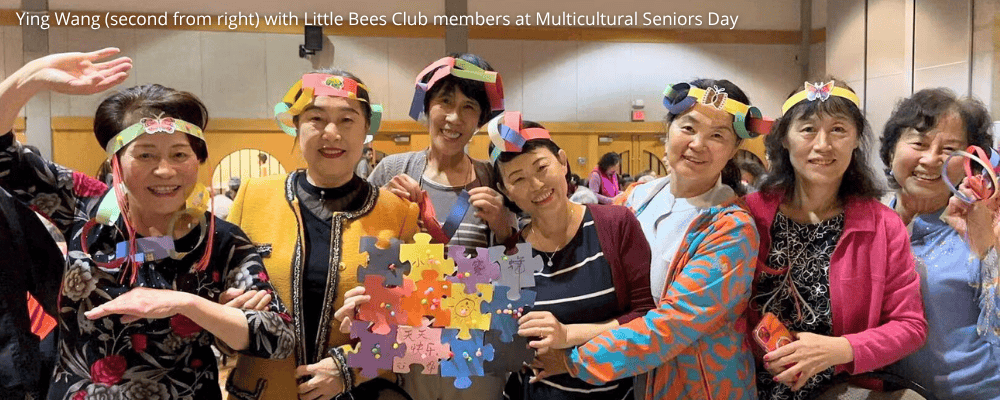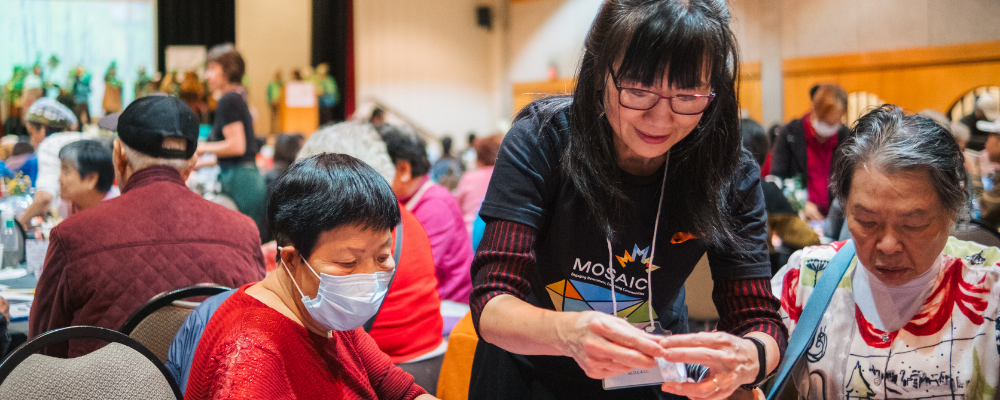By Alex Pershai, Facilitator, Trans Newcomers Resource Hub
Many people are uncomfortable talking about aging. They joke or shy away and change the subject. Thoughts about getting old can be frightening because people either don’t imagine that someday they will find they are old, or they are embarrassed to talk about aging because old age is commonly associated with health issues and loneliness. It gets worse when you think about the aging of LGBTQ+ people because old age is almost never associated with sexuality, radicalism, political action and glamour. So, what does it mean to grow old as a transgender or gender-nonconforming person?
I found myself thinking about aging at a recent transgender conference. Don’t get me wrong, it was total bliss to be empowered by hundreds of strong and beautiful trans people who were not afraid to express themselves, support their peers and live the lives the way the please. However I could not help but notice a clear divide between people under and over 35. The difference was noticeable in terms of self-expression, fashion and confidence, but also in terms of inclusion. People over 45 got less attention even though they addressed the same points as 22-year-olds did. Somehow the audience expressed more interest in what younger generations had to say. I am not talking about the eternal conflict of generations, different levels of experience in trans activism or transition. It is not about age; some people come to terms with their identity and may start transitioning in the 40s, 50s, 60s or later, if they decide to do so.[i] I am talking about who is seen and accepted in the trans community. Through my community involvement I see a fairly large number of trans folks who become invisible after 45, if not earlier.
In the book of photo-stories “To Survive on This Shore”, photographer, Jess T. Dugan, and social worker, Vanessa Fabbre, present personal journeys of aging transgender and gender-nonconforming Americans.[ii] Dugan points out that trans people do not get fair representation, as they are commonly put into two categories ─ “white, heteronormative, middle class and happy,” or “depictions of sex workers on the street.”[iii] This does not leave much chance to learn about the needs of the trans folks who do not fit into these two groups.
Age discrimination ─ ageism ─ is a huge issue in some LGBTQ+ communities. For some, it starts at the age of 40 when people look through you at the bar or do not respond to your messages on dating apps. There are often ageist assumptions in education campaigns and social and medical services. This is not to say that programs for trans youth are less important ─ they are critical for the survival of trans people ─ but social support initiatives for trans people need to include both youth and older populations.[iv]
Everyone ages. If you are lucky, you have enough resources for a rainy day. But how many socially and financially secure trans people do you know? The challenges that you experience in your 20s and 30s may become more intense when you approach your 50s. Your needs for physical and mental health care may increase while, considering the cost of living in Vancouver, access to affordable housing and social support programs becomes more problematic.
The worst part is that we ourselves do not create enough spaces for older trans people. Maybe we think that we are “not there yet”, or that we don’t need to know more about mental and physical transformations that come with age or social isolation. Maybe we don’t want to hear that some elderly trans folks are forced to de-transition. It is crucial to include the experiences and acknowledge the needs of older trans persons, make sure that they participate in community events, and know that they are not alone.
There are not many resources that are specifically designed for older trans folks. However, QMUNITY, a Vancouver-based non-profit organization that works to improve queer, trans, and Two-Spirit lives, offers a program to support LGBTQ/2S persons of 55 years and older (find more information here).
Obviously, aging is a complicated issue that challenges our perception of services and community resources for trans people – but we need to start somewhere. Maybe we can start with the notion that social events and support groups need to be equally inclusive of all ages. Maybe it will be beneficial to vocalize needs of distinct trans and gender-nonconforming populations separately to learn about and from such differences – and maybe this will help some community members to age with more comfort and dignity.
[i] Hinsliff, Gaby. ‘Age has nothing to do with it’: how it feels to transition later in life. The Guardian. 17 Nov. 2018. https://www.theguardian.com/society/2018/nov/17/age-nothing-do-with-it-transition-later-life-transgender.
[ii] Dugan, Jess T.; Fabbre, Vanessa. To Survive on This Shore: Photographs and Interviews with Transgender and Gender Nonconforming Older Adults. Heidelberg: Kehrer Verlag, 2019. Publication website: https://www.tosurviveonthisshore.com/
[iii] Risch, Conor. Seeing and Being Seen: Portraits and Stories of Aging Transgender People. [Review]. PDN: Photo District News. 21 Sep. 2018. https://www.proquest.com/docview/2383039503?pq-origsite=summon&sourcetype=Trade%20Journals
[iv] For example, see: Egan, Danielle. How Vancouver is leading the way for trans youth. Vancouver Magazine. 8 Sep. 2016. https://www.vanmag.com/how-vancouver-is-leading-the-way-for-trans-youth.
MOSAIC’s Trans Online Resource Hub provides information and support to folks who identify as transgender, transsexual, nonbinary, gender nonconforming, genderqueer, two-spirited, agender, polygender, bigender, and many more gender identities and expressions that are different from expectations based on their sex assigned at birth.



